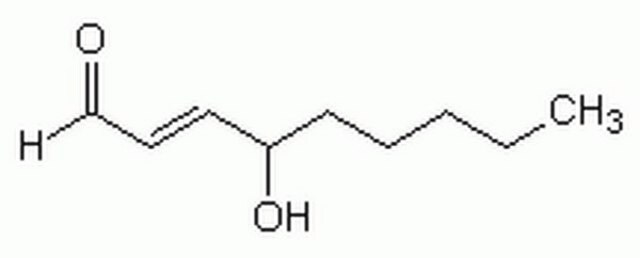494518
Ethyl acetate
biotech. grade, ≥99.8%
Synonym(s):
EtOAc
About This Item
Recommended Products
grade
biotech. grade
vapor density
3 (20 °C, vs air)
vapor pressure
73 mmHg ( 20 °C)
assay
≥99.8%
form
liquid
autoignition temp.
801 °F
expl. lim.
2.2-11.5 %, 38 °F
impurities
≤0.0009 meq/g Titr. acid
<0.01% water
evapn. residue
<0.0003%
refractive index
n20/D 1.3720 (lit.)
bp
76.5-77.5 °C (lit.)
mp
−84 °C (lit.)
solubility
alcohol: soluble(lit.)
water: soluble(lit.)
density
0.902 g/mL at 25 °C (lit.)
λ
H2O reference
UV absorption
λ: 254 nm Amax: 1.00
λ: 263 nm Amax: 0.05
λ: 275-400 nm Amax: 0.01
format
neat
SMILES string
CCOC(C)=O
InChI
1S/C4H8O2/c1-3-6-4(2)5/h3H2,1-2H3
InChI key
XEKOWRVHYACXOJ-UHFFFAOYSA-N
Looking for similar products? Visit Product Comparison Guide
General description
Application
- Preparation of thin films of TiO2 (titanium dioxide) on glass.
- As an extraction medium in the multi-residue analysis of pesticide residues in fruit and vegetables.
- Acetylation of primary amines to form amides in the presence of dimethyltin(IV) acetic acid distannoxane.
signalword
Danger
hcodes
Hazard Classifications
Eye Irrit. 2 - Flam. Liq. 2 - STOT SE 3
target_organs
Central nervous system
supp_hazards
Storage Class
3 - Flammable liquids
wgk_germany
WGK 1
flash_point_f
24.8 °F - closed cup
flash_point_c
-4 °C - closed cup
Certificates of Analysis (COA)
Search for Certificates of Analysis (COA) by entering the products Lot/Batch Number. Lot and Batch Numbers can be found on a product’s label following the words ‘Lot’ or ‘Batch’.
Already Own This Product?
Find documentation for the products that you have recently purchased in the Document Library.
Customers Also Viewed
Our team of scientists has experience in all areas of research including Life Science, Material Science, Chemical Synthesis, Chromatography, Analytical and many others.
Contact Technical Service








